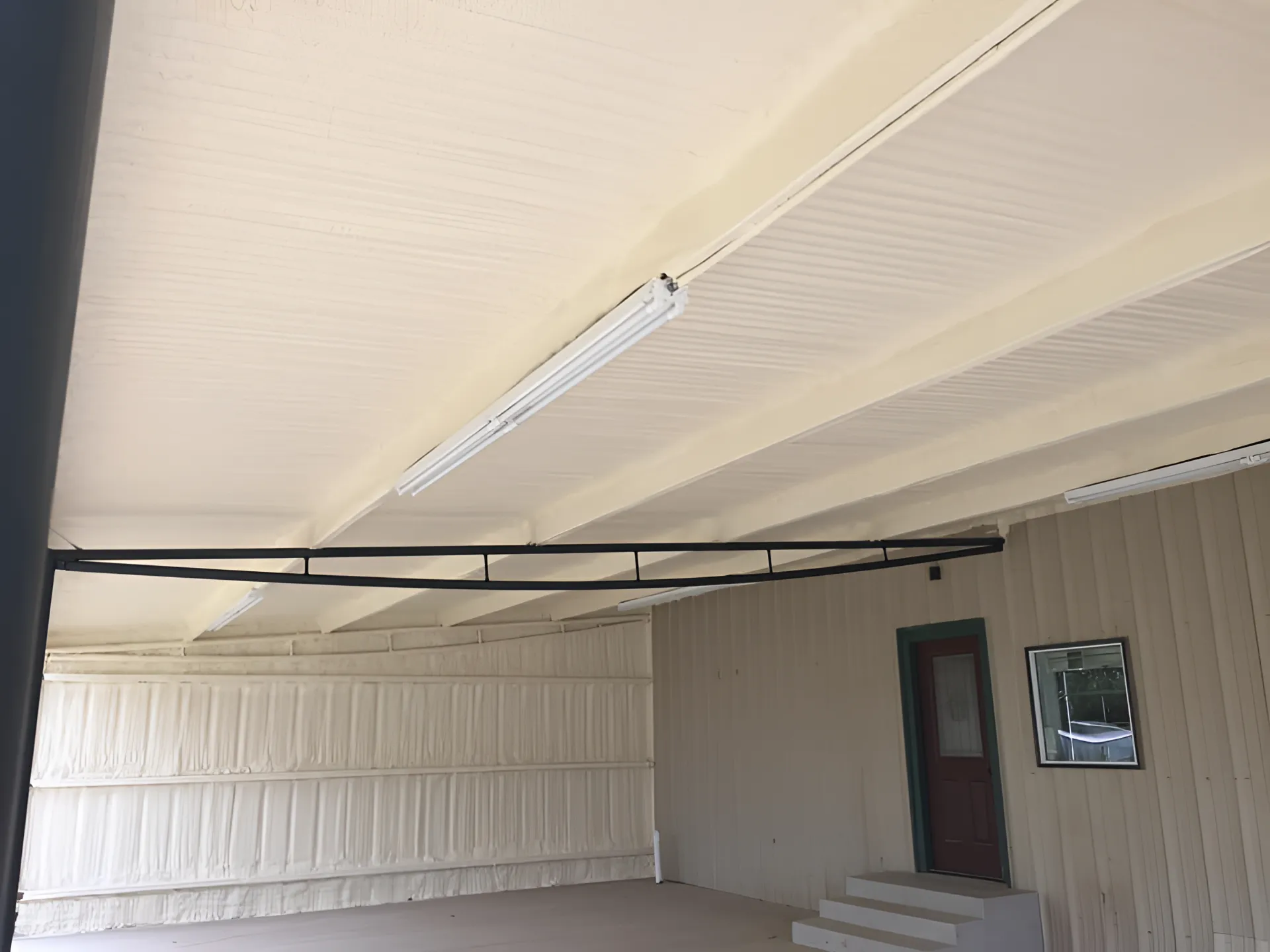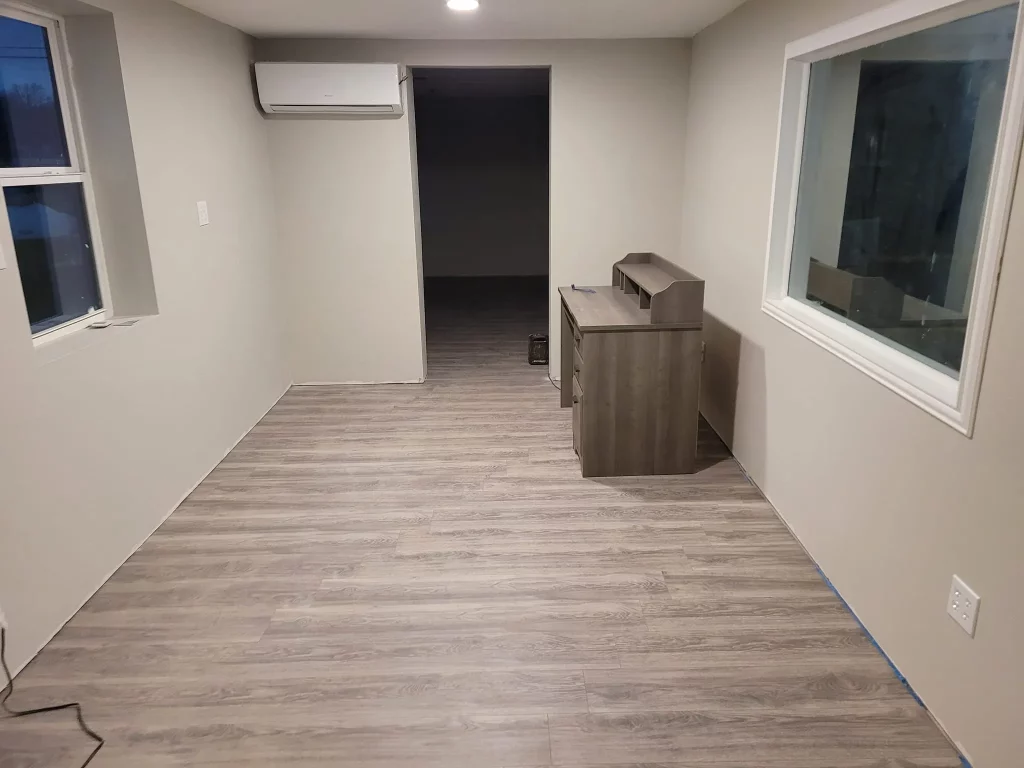
The choice between fiberglass batt and spray foam insulation primarily depends on your specific application requirements, building structure, and performance expectations. Fiberglass batt offers cost-effective thermal protection for standard cavity installations, while spray foam provides superior air sealing and higher R-values per inch for complex geometries and moisture-prone areas.
Both insulation types serve distinct purposes in residential and commercial applications. Understanding their performance characteristics, installation requirements, and long-term benefits enables property owners to select the most suitable option for their specific building needs and climate conditions.
Years of installation experience across diverse building types demonstrate that neither insulation method universally outperforms the other. The optimal choice emerges from careful evaluation of structural requirements, environmental conditions, and performance priorities specific to each project.
Thermal performance represents the fundamental difference between these insulation materials. Spray foam delivers higher R-values per inch compared to fiberglass batt, making it advantageous for space-constrained applications or buildings requiring maximum thermal efficiency.
| Performance Factor | Fiberglass Batt | Open Cell Spray Foam | Closed Cell Spray Foam |
|---|---|---|---|
| R-Value per inch | 2.9-3.8 | 3.6-3.8 | 6.0-7.0 |
| Air sealing capability | Limited | Excellent | Superior |
| Moisture resistance | Moderate | Low | High |
| Vapor permeability | High | High | Low |
| Sound dampening | Good | Excellent | Moderate |
| Fire resistance | Excellent | Moderate | Good |
Bonus Tip: Check the actual installed R-value rather than the manufacturer specifications. Gaps, compression, or improper installation can reduce fiberglass batt performance by up to 50%, while spray foam maintains consistent thermal properties when professionally applied.
Installation complexity affects both material selection and project timelines. Fiberglass batt installation requires basic construction knowledge and standard safety equipment, making it accessible for various skill levels and project scales.
Spray foam installation demands specialized equipment, protective gear, and experienced technicians to ensure proper application and safety compliance. Temperature and humidity conditions during application significantly impact foam performance and curing characteristics.
| Installation Factor | Fiberglass Batt | Spray Foam |
|---|---|---|
| Equipment requirements | Basic tools | Specialized spray equipment |
| Safety precautions | Standard PPE | Full respiratory protection |
| Weather sensitivity | Minimal | High |
| Installation speed | Fast | Moderate |
| Skill level required | Basic | Professional |
| Retrofit accessibility | Excellent | Limited |
Bonus Tip: Schedule spray foam installation during optimal weather conditions (60-80°F, low humidity) to ensure proper curing and maximum performance. Poor application conditions can result in off-ratio foam that fails to achieve specified properties.

Climate zones significantly influence insulation performance and material selection. According to the Department of Energy, buildings in hot, humid climates require different moisture management strategies compared to cold, dry regions.
Fiberglass batt insulation performs effectively in moderate climates where temperature differentials remain relatively stable. The material’s breathability prevents moisture accumulation in wall assemblies while providing adequate thermal resistance for standard heating and cooling loads.
Spray foam excels in extreme climate conditions where air infiltration and moisture control become critical factors. High-performance building standards in northern climates often specify spray foam to achieve required energy efficiency ratings and prevent ice dam formation.
D&D Insulation LLC provides comprehensive insulation solutions tailored to diverse building requirements and performance objectives across residential and commercial applications.
Fiberglass Batt Insulation: Professional installation of high-performance batt insulation in walls, floors, and attic spaces with proper vapor barrier integration and air sealing techniques.
Open Cell Insulation: Expert application of open cell spray foam for sound dampening, thermal protection, and air sealing in interior applications requiring vapor permeability.
Closed Cell Insulation: Specialized closed cell spray foam installation for maximum R-value, moisture control, and structural enhancement in challenging environments.
Spray Foam Roof Insulation: Advanced roofing insulation systems using spray foam technology to create seamless thermal barriers and prevent ice dam formation.
Open-cell spray foam provides superior sound dampening compared to fiberglass batt due to its density and air-trapping properties. The material reduces both airborne and impact noise transmission through building assemblies.
Properly installed and cured spray foam does not affect indoor air quality. However, improper mixing ratios or inadequate curing time can create off-gassing issues that require professional remediation.
Fiberglass batt maintains consistent thickness when properly installed but can compress under weight or moisture exposure. Spray foam creates rigid structures that resist settling and maintain thermal properties indefinitely.
Successful insulation selection requires matching material properties to specific building requirements and performance goals. Consider thermal performance needs, moisture management requirements, and installation constraints when evaluating options.
Fiberglass batt delivers reliable thermal protection for standard applications with moderate performance requirements and budget constraints. The material’s proven track record and installation flexibility make it suitable for most residential and light commercial projects.
Spray foam provides superior performance for high-efficiency buildings, complex geometries, and challenging environmental conditions. The higher initial investment typically returns value through reduced energy consumption and enhanced building durability.
Selecting appropriate insulation requires understanding specific building conditions, performance requirements, and local climate factors. Professional evaluation ensures optimal material selection and installation techniques for maximum effectiveness and longevity.
D&D Insulation LLC combines extensive installation experience with technical expertise to recommend insulation solutions that meet project requirements and budget parameters. Contact our team at [email protected] or (903) 389-5705 to discuss your insulation needs and receive detailed project estimates.
Properly installed spray foam requires minimal maintenance throughout its service life. Regular visual inspections for damage or gaps ensure continued performance, but the material typically maintains thermal properties for 20-30 years without degradation.
Quality fiberglass batt insulation maintains effectiveness for 15-25 years when protected from moisture and physical damage. Settling, compression, or water exposure may require earlier replacement to maintain thermal performance.
Combining insulation types often provides optimal performance by utilizing each material’s strengths in appropriate applications. For example, spray foam in rim joists with fiberglass batt in standard wall cavities creates effective thermal envelopes.
Closed-cell spray foam maintains a consistent R-value across temperature ranges, while fiberglass batt performance may vary with extreme temperature swings. Both materials provide adequate thermal protection when properly installed and maintained.
Installation quality significantly impacts both insulation types. Gaps, compression, or improper coverage in fiberglass batt installations reduce thermal performance by 20-50%. Spray foam application errors create weak spots that compromise the entire assembly’s performance.